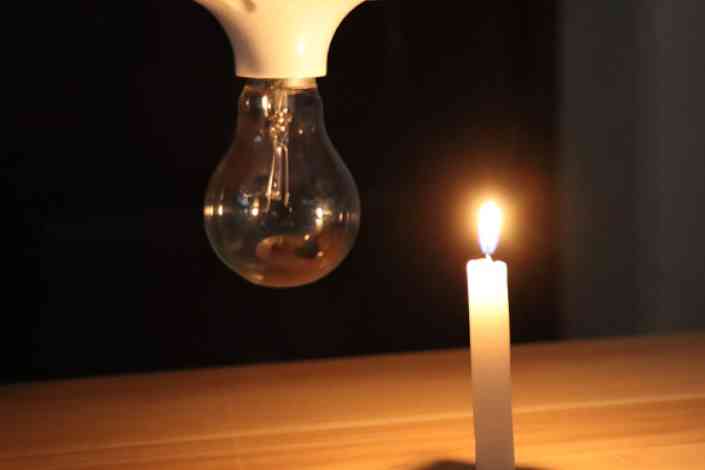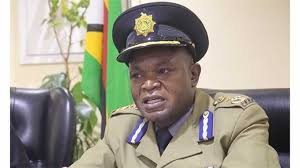
THE major power blackout that hit Zimbabwe on Tuesday and Wednesday was reportedly a result of a massive explosion at Hwange Power Station’s power generation Unit 4 on Tuesday, NewsDay Weekender has been informed.
Hwange, with an installed capacity of 920 megawatts (MW), produced zero power following the Tuesday explosion, but peaked to 238MW on Thursday, according the Zesa Holdings subsidiary Zimbabwe Power Company (ZPC)’s website.
The situation at Hwange has worsened the country’s already desperate power situation that has seen consumers enduring long power outages lasting more than 12 hours per day.
“There was a loud sound and a huge fireball, luckily no one was hurt. However, it is the reason why the power system was disrupted,” a source at Hwange told NewsDay Weekender.
The cause of the explosion is, however, still unknown.
Speaking during Thursday’s Cabinet briefing, Energy and Power Development secretary Gloria Magombo described the Hwange fault as a system loss.
“On Tuesday we had power generation loss from Hwange. We were producing power before 10.25am when we had a system loss,” Magombo said.
When contacted for comment on Thursday, Zesa spokesperson George Manyaya said: “We will be releasing an update soon.”
- Low tariffs weigh down ZETDC
- Severe power outages loom: Zesa
- Bodies rot at mortuaries as power cuts worsen
- Gweru debtors’ bill soars to $3bn
Keep Reading
Earlier on Tuesday, the power utility released a statement blaming the nationwide outage to an “abrupt system disturbance linking Harare and Kariba”.
However, information obtained from Zesa’s website showed that Hwange Power Station did not produce any electricity on Tuesday.
Yesterday, according to the ZPC website, Hwange power station was generating just 245MW, while other power stations Harare, Bulawayo, Munyati and Kariba were generating 11MW, 0MW, 14MW and 854MW, respectively, to bring a total of 1 124MW, against a peak demand of 2 200 MW.
Economists said the power outages are seriously affecting industry, which is being forced to cut short their operating hours, while the intermittent power cuts have also affected plant and machinery, some of which need constant power supply.
Government blames the power outages on an increase in economic activities, especially in agriculture, the mining sector as well as the manufacturing sector.
In a statement earlier this week, another Zesa subsidiary, the Zimbabwe Electricity Transmission and Distribution Company (ZETDC), said power outages were due to technical challenges being faced in Hwange and Kariba and import constraints.
“ZETDC would like to advise its valued customers that there is increased load curtailment from September 24, 2022. This is due to technical challenges being experienced at our Kariba and Hwange Power Stations as well as import constraints.
“The utility is, therefore, conducting a maintenance exercise to ensure full restoration of service,” read the statement.
Speaking at a Zimbabwe Energy Regulatory Authority (Zera) stakeholder consultative workshop in Harare earlier this month, ZETDC acting managing director engineer Howard Choga said the entity was facing import challenges because regional partners now required payments upfront.
Zera has over the past five years licensed over 100 small independent power producers projects with a capacity to generate around 1 300MW, but most of them are yet to come on stream.
One such project is the US$183 million Gwanda solar project awarded to controversial businessman Wicknell Chivayo.
In September, 2020, Zesa abandoned its Mutare Peaking Power Station project which was supposed to be completed this year.
Zesa argued that using diesel to generate electricity at that plant would be costly.
The 100MW Dema diesel power plant built in 2016 by Sakunda Holdings has also been abandoned.










